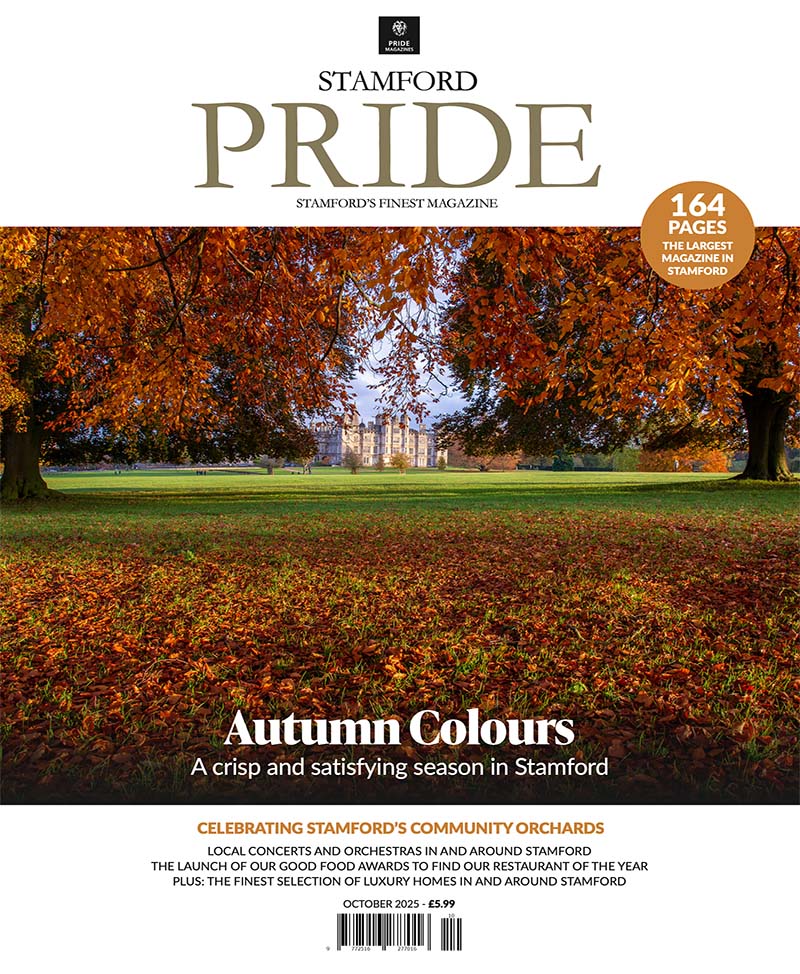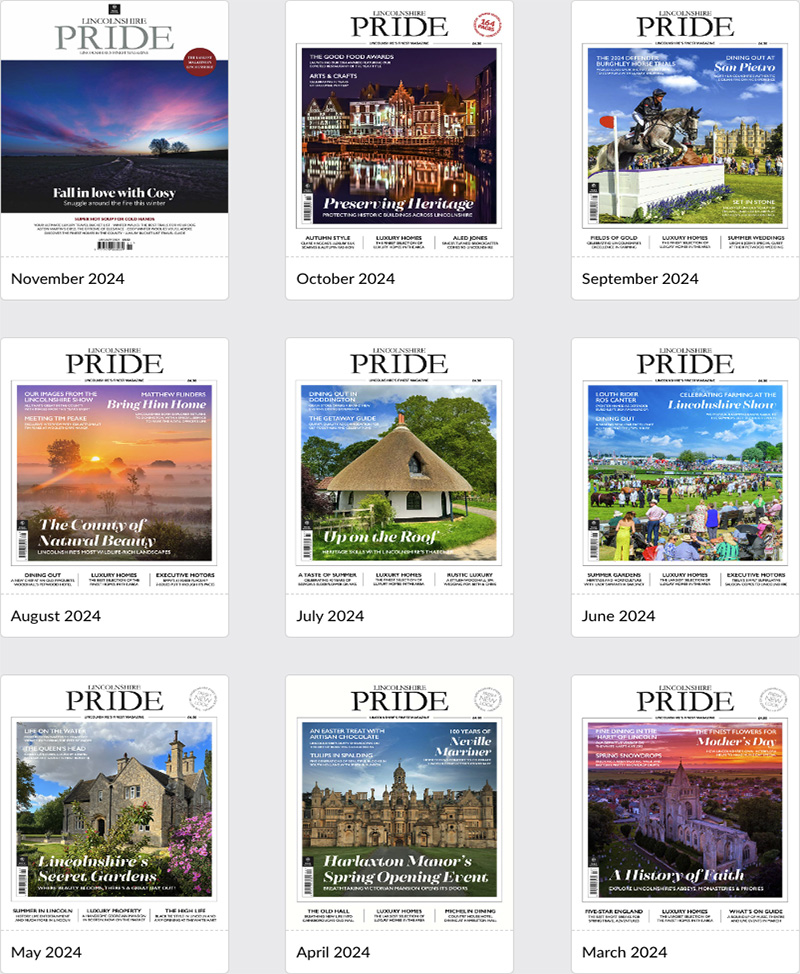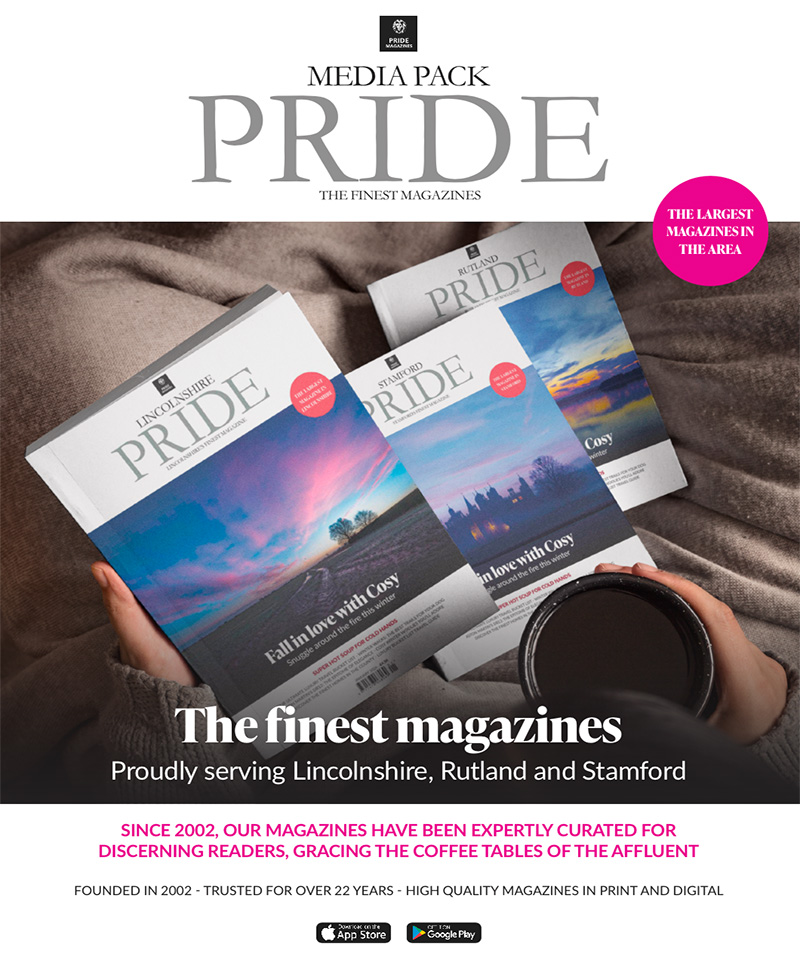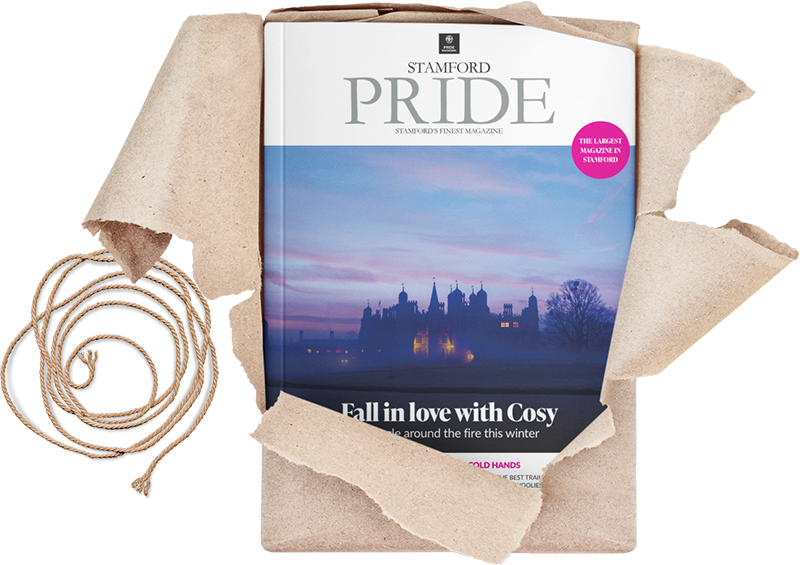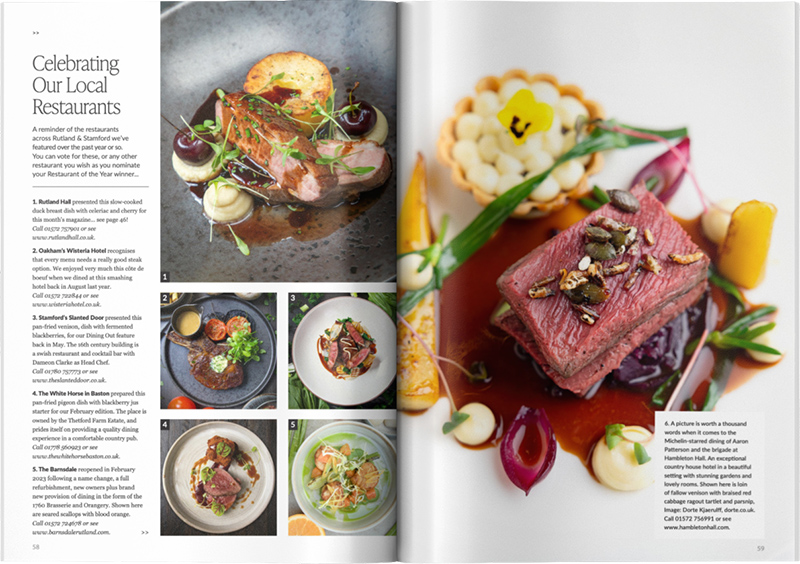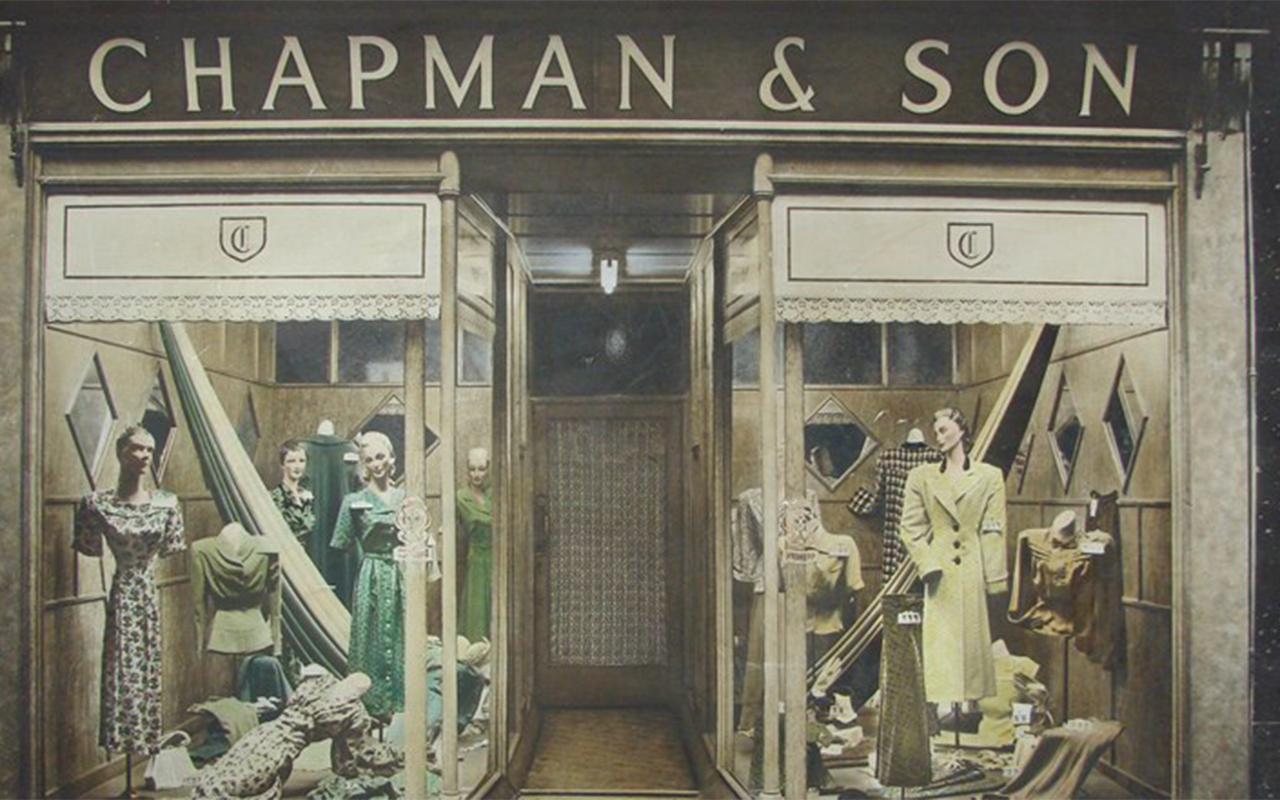
Stamford History: Tailoring the Town
Stamford historian Philippa Massey presents her latest talk in April, the fourth in her series about the town’s bygone artisans and tradespeople. This time, attention is turned to those who have ensured Stamford folk can dress to impress with a look at those who traded in garments and footwear
Walk along Stamford’s High Street these days and you’ll see an array of clothing retailers familiar in most towns and cities, but in a bygone era prior to multinationals and the culture of fast fashion, residents of the town instead turned to its tailors and cordwainers to ensure they stepped out onto the cobbled streets looking dapper.
That Stamford once had a number of businesses trading in garments and footwear is a fact not lost on local historian Philippa Massey, who has taken a keen interest in the town’s history for over 35 years.
“History was always an interest, and Stamford is one of those towns with a story behind each one of its Georgian façades and down each street,” she says. “I was born in Stamford and have lived here for most of my life. I studied at art college in Nottingham and taught in further education colleges in Wisbech and Peterborough, before returning to the town with my family, settling back here again in 1984.”
Philippa’s eclectic range of skills encompass teaching, theatre design and even silversmithing, but in 1990 she took a job on the front desk of Stamford Museum and then become the museum’s education officer, and eventually took on the responsibility of planning its events, activities and exhibitions.
“My grandparents and my mother told stories that would fascinate me about the townspeople – I remember being really interested in characters like Daniel Lambert.”
“I thought I was reasonably knowledgeable when it came to the town’s history, but when I started at the museum I realised there was still much more to learn.”
Philippa went from organising to writing and eventually delivering talks on Stamford’s history, and is now one of the most knowledgeable and entertaining historians in the area, not to mention a keenness to ensure the accuracy of her findings.
“Very sadly the museum closed in 2011, but I continued to create talks and deliver them at Stamford Arts Centre. I have about 44 talks that I’ve created and delivered – roughly four a year. I’m really lucky that the Arts Centre trusts me to choose my own topics, which means I can follow up on whatever interests me.”
“Often you can fall down a bit of a rabbit hole and whilst researching one subject you can find yourself pulled in a different direction. In that situation I try to remain focused and return to any other ideas later, but there’s always something that piques my interest and always something going on in the town to inspire me.”
“There are some buildings around the town which have always made me wonder about their history, and I created a couple of talks comparing two houses – the first was on a property in Maiden Lane and Rock House on Scotgate, and just recently one property on Red Lion Square and the other in St George’s Square.”
Philippa’s regular talks at Stamford Arts Centre typically last around an hour, but it can take two months or more of research to find and to validate the source material.
“Even sources you consider reliable can be problematic. For example, some digitised sources are troubled by the ‘long s’ – the one that looks like the letter ‘f’ and that sometimes makes searches difficult. Likewise, before standardised spelling, there was some ambiguity especially in the recording of people’s names.”
“Bad history- that is, ill-informed history – can be very confusing, and is almost worse than no history,” she says.
Philippa like to go as far back in history as is practical, although the period of Stamford’s history from the 18th century to the 21st century usually has more sources of information available. The town’s charter was granted in 1462, after it has been sacked by the Lancastrians during the War of the Roses.
Around this time official records were kept, and these Hall Books are a good source of information. The town is also blessed with the presence of the Stamford Mercury, whose unique archive since the newspaper’s founding in 1712, is maintained by the Stamford Mercury Archive Trust in Cherryholt Road by volunteers, and is open two mornings and one afternoon a week by appointment to the public, enabling historians like Philippa to read the microfilm, and check the source.
Church registers, genealogy websites and the British Newspaper Archive are also valuable resources, and Philippa cites sources like the 1977 Royal Commission book on Stamford, an Inventory of Historical Monuments, as reliable. Other material that Philippa trusts is the work of historian Professor Alan Rogers who served as President of Stamford and District Local History Society from its inception in 2013, until 2022.
From the late 19th century, Jenkinson’s and Dolby’s Almanacs produced some useful annually-updated street directories which were particularly useful for researching Philippa’s Artisans & Tradespeople talks, Butcher, Baker, Candlestick-Maker; Carriers & Clockmakers; Inns & Innkeepers. These almanacs became more useful still post-1871 when Stamford’s buildings were finally given street numbers.
The historian’s newest talk is a continuation of her Artisans & Tradespeople series and is titled Tailors & Shoemakers. We’re keen not to give too much away but suffice to say Philippa became intrigued that Stamford has appeared to have a consistently healthy number of tailors, clothing retailers, cobblers and cordwainers; – to be entirely accurate, historically a cobbler repairs shoes, whilst a cordwainer makes brand new shoes using leather.
The town’s Hall Books from 1465 (the minutes of the Borough Council) record those names and occupations of men who petitioned to be admitted to scot and lot, and became known as freemen, i.e.: free to work in the town and to contribute tax revenues.
22 tailors were sworn into freedom and paid their ‘fine’ (tax) between 1465-1492. Likewise, 17 shoemakers are mentioned in those dates, some who paid their fine to the hall, to become freemen of the town, or who were standing surety for another. In 1809 the town had 16 tailors and 17 shoemakers, who are recorded as having voted in the parliamentary election that year.
We can speculate that Stamford being well-served by tailors and other artisans specialising in clothing may be, in part, a legacy from its association with the trading of wool since the middle ages.
Philippa’s research into the subject also shows changes in culture as well as commerce. For example, in the latter half of the 19th century, ready-to-wear clothing became popular and eventually more affordable, evolving into the proliferation of the High Street retailers we know today and leading bespoke tailoring to eventually become a niche sector of the fashion industry most commonly associated these days with Savile Row. Philippa’s research eventually takes her into the 20th and 21st century, with living memories of past and present clothing retailers in the town. Bringing history into the present, Philippa believes, ensure it remains relatable.
“It’s been a fascinating subject to research and I’m hoping it will be as well-received as the other talks in the Artisans & Tradespeople series have been. We’re privileged to live in a small town with a rich history, and we’re lucky that so much of that history is available to historian who know where to look!”
Philippa Massey will host the latest in her Artisans & Tradespeople talk, this time examining the history of tailors and shoemakers in the town. The event takes place on Thursday 24th April from 7.45pm at Stamford Arts Centre, tickets £7.50. Call 01780 763203 for more information. For more of Philippa’s images of bygone shops in Stamford see the April edition of Stamford Pride at https://www.pridemagazines.co.uk/stamford/view-magazines?magazine=April-2025


